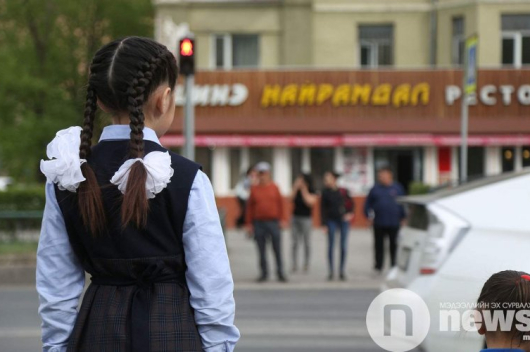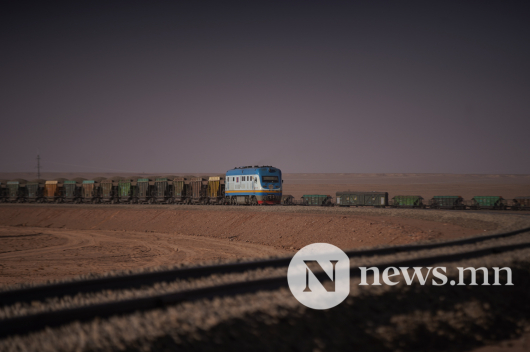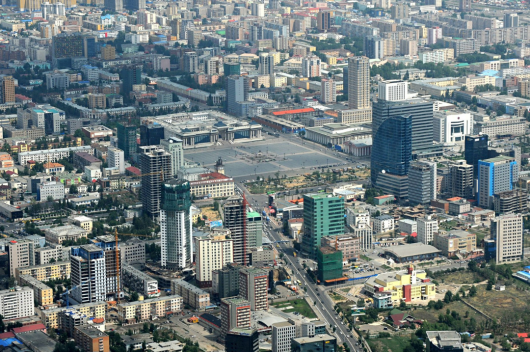This week marks the 30th anniversary of the declaration of the International Day for the Eradication of Poverty – a day devoted to reaffirming our commitment and shared responsibility to end poverty.
Mongolia, like many other countries, has made great strides in reducing poverty and improving standards of living. But what stands out in the case of Mongolia is how much the pace of poverty reduction has fluctuated in the past decade.
The Mongolia 2020 Poverty Report: a Decade of Progress and Stagnation in Poverty Reduction, a joint report released last month by the National Statistics Office of Mongolia and the World Bank, shows that poverty in Mongolia fell by 17 percentage points between 2010 and 2014. But after the 2016 recession, the pace of poverty reduction decreased significantly and has since stagnated. The pandemic-induced economic downturn had tangible impacts on employment, incomes, and poverty especially in late 2020 and into 2021.
Many countries in the East Asia and Pacific (EAP) region have emerged from the pandemic on a robust economic recovery trajectory, but Mongolia stands out as having made slower progress.
Mongolia’s labor market has mostly recovered following a sharp downturn in 2020/2021. Businesses have reopened, and things are returning to normal. But a new problem has hampered Mongolia’s recovery: spiraling inflation. Chinese border closures, the ongoing war in Ukraine, and the depreciation of the exchange rate have fueled rising prices of both domestic and imported goods and services in Mongolia (Figure 2). Since the end of 2020, food, energy, and transportation prices have increased significantly, with higher import prices driving more than half of national inflation.
For Mongolian households, persistent, rising inflation has taken a toll on their purchasing power. Price increases, especially of food, are likely to be most devastating for poor and vulnerable households, who spend about 40 percent of their total consumption on food. In 2020 and 2021, poorer households were consistently more likely to be facing food insecurity, and rising prices were a primary cause of concern. Escalating food prices in 2022 could lead to devastating impacts with long-term consequences for poor and vulnerable households.
To mitigate the adverse impacts of the pandemic, government assistance to households has been generous and diverse. One notable measure introduced in 2020 is the increase in benefit amounts given to households through the Child Money Program (CMP). The CMP, which provides monthly cash transfers to families with children, was increased five-fold from MNT 20,000 to MNT 100,000 per child (about USD 6 to USD 30) and currently accounts for over 3 percent of GDP. Overall, as a share of GDP, Mongolia’s relief measures to households have been the largest in the region.
Given mounting fiscal and external imbalances in Mongolia, exercising fiscal prudence is crucial. An effective course of action involves targeting limited resources to poor and vulnerable households in greatest need of support and pivoting to growth-promoting investments.
Cutting inefficient fiscal spending can also help the poor indirectly by easing inflationary pressures. Specifically, the targeting of CMP benefits to the neediest households can reduce fiscal spending. In 2020, nearly half of the wealthiest 60% of households received the CMP. These targeting inefficiencies have contributed to the modest success of the CMP and more generally, of social assistance, in reducing poverty. Additionally, the joint report suggests that the increased CMP benefits may have been uneconomical: many beneficiaries, including poor households, saved – rather than spent – CMP transfers during the pandemic.
At this crucial juncture, policies must be targeted to support poor and vulnerable households to cope with the impacts of rising prices and economic stagnation. By doing this, Mongolia can get back on track to achieving its upper-middle-income aspirations and ensuring prosperity for all its citizens.
 3,575.44
3,575.44












Related News